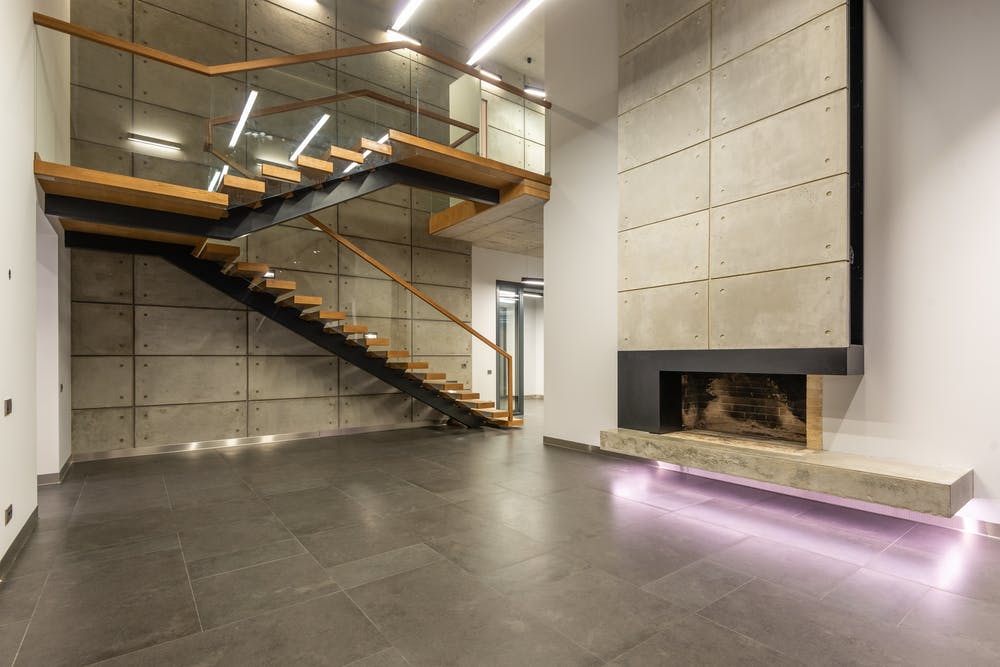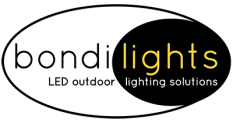LED strip lighting is becoming increasingly popular for home and garden lighting. More than likely you have heard about the competition between LED lights and incandescent and halogen bulbs. LED lights are more efficient, longer lasting, brighter and don’t produce as much heat as bulbs do. They can be digitally controlled and programmed, and packed into small compact packages that are durable, flexible and resistant to shock.
Linear or strip lighting is becoming an affordable choice for both residential and commercial lighting applications. While purchasing and installing LED strip lighting can be simple, there are many things to consider before you decide on the right type of LED strip lighting for your needs. Follow this article as we take you through the important elements of LED strip lighting.
Installing LED strip lighting
Before you purchase LED strip lights it is important to have an idea of how and where you want to mount and set them up so that you know which LED strip lights best suit your projects. Below are some factors to keep in mind when buying LED strip lights.
LED strip length
When purchasing LED strip lights, it is worthwhile looking at the number of LEDs per length. If you want a brighter output and higher light quality, aim for strips that have the highest number of LEDs per metre, such as Bondilights’ LED strip 14.4W or LED strip 19.2W.
If LEDs are spaced too far apart across the length of the strip this can lead to spotty lighting rather than a clean, bright line. However, you should be aware that the number of LEDs per strip length is not the only factor that determines light quality and brightness.
LED strip brightness
While LED technology continues to advance so does its capacity to reach brighter potential. Of course, not all strips will be super bright. After all, you don’t want extremely bright LEDs for every application. For example, if you are using LED strips for accent lighting on a shelf or in a cupboard you might prefer a medium power LED strip such as our LED strip 9.6W.

Most likely you have come across the term lumens and related it to lighting. That’s because the brightness of LEDs is measured in lumens. According to how you are going to use the LED strip, you will want a particular level of lumens. For example, for accent lighting in a cupboard you would not want it brighter than 200 lumens. The LED strip 9.6W is perfect for this application. LED strip 19.2W would be better used for task lighting such as in the kitchen where you need the light at its brightest.
As you’ve seen, different projects require LED strip lighting to have different levels of lumens and brightness to achieve the desired effect. Here’s a useful guide on the lumen requirements for the different projects.
- Mood / accent lighting (shelving, cupboards) – 100-300 lumens/feet
- Under cabinet lighting – 175-360 lumens/feet
- Task lighting (kitchen, outdoor barbecue) – 300-450 lumens/feet
- Bedroom, cove lighting – 180-500 lumens/feet
LED strip colours
Then we have our LED RGB strip colour lights. These LED strip lights can expose any red-green-blue combination colour. They require a smart controller to remain on one selected colour or change colours in flashes.
LED strip colour comes down to personal preference and the overall feel you want your rooms to give off. LED RGB strip lights are a great choice for those who like colour and variety in their homes and gardens. The red, green and blue diodes can even be mixed to create a range of colours.
Colour temperature
Colour temperature specifies how ‘cool’ or ‘warm’ you want the light to be. Measured in Kelvin, temperature is represented by cool colours (blue hue) and warm colours (yellow). Choose your temperature according to the style you want to send out.
For example, use warm white for inviting, cosy spaces, such as living rooms and bedrooms. You might go for a more neutral or natural tone for a daylight effect. It is great if you want to mimic natural light anywhere in the home.
Cool white is ideal for trendy and contemporary styles delivering a bright, fresh glow. It is also perfect for task lighting where you need light to be bright, such as in the kitchen, workspace and bathroom.
Setting up LED lights
Many LED strip lights are easy to set up and mount. It can be as easy as revealing the backing and sticking the strip to a clean surface. There are more difficult installations though which require cutting and wiring strips together. However, the talented team at Bondilights can assist you with all LED strip lighting installations, however challenging they are.
LED strip powering and wattage
We have touched on lumens and LED light brightness levels, but what power do LED strips need? They always require 12-volt DC input. As far as wattage goes it all depends on your strip density and total length, but again, you can leave this up to the Bondilights professionals.
What makes LED light strips so special?
LED strip lights are known for their flexibility and small size. Their many features make for easy use in a variety of applications. Now for their many benefits:
- Cut to size – Thanks to the cut lines along the strips, cutting LED strips is simple. It also makes it possible to connect different LED strips together.
- Flexible with adhesive – LED strips have a 3M adhesive backing for simple installation. So, all you need to do is peel the backing off to expose the 3M adhesive and stick onto a clean surface.
- Waterproof or non-waterproof – LED strips are not limited to indoor applications. You can purchase waterproof LED strips which are waterproof and come with a silicone resin material that protects the internal components from moisture and dust. Waterproof LED lights are a tad more expensive but a must if you want outdoor LED strip lighting.
- 12 volt LED lights – As discussed earlier, LED strip lights require a 12 volt DC power input to run. This will need an AC/DC transformer for in-home use but makes it much safer when the strips are run through the house. As batteries output DC power, you can make a battery-powered LED light with the strips.
Final thoughts
There’s a lot of information in this article, so if you are new to LED lights your head is probably swimming in thoughts and you are left with even more questions than when you started reading. So, the best thing to do from here is to decide where you would like to mount the LED strip lighting and how bright you would like it. And remember, you can always call on the helpful team at Bondilights. We will get your home fitted with just the right LED lights for you. Give us a call today!
